LOCATION
Chicago, Illinois
TEAM
Felipe Correa, Devin Dobrowolski, Jonah Coe-Scharff , Katie LaRose, Andre Grospe / Armada NY, VoxelJet, DesignTex
PROJECT TYPE
Installation
CLIENT / SPONSOR
Chicago Architecture Biennial
YEAR
2019
From the gradual urbanization of the Atacama Desert in the name of nitrate to the unchecked pumping of oil along extremely delicate ecologies in the Brazilian, Ecuadorian, and Peruvian Amazon, the urban history of the South American hinterland has developed at the confluence of large-scale infrastructural projects and resource extraction processes.
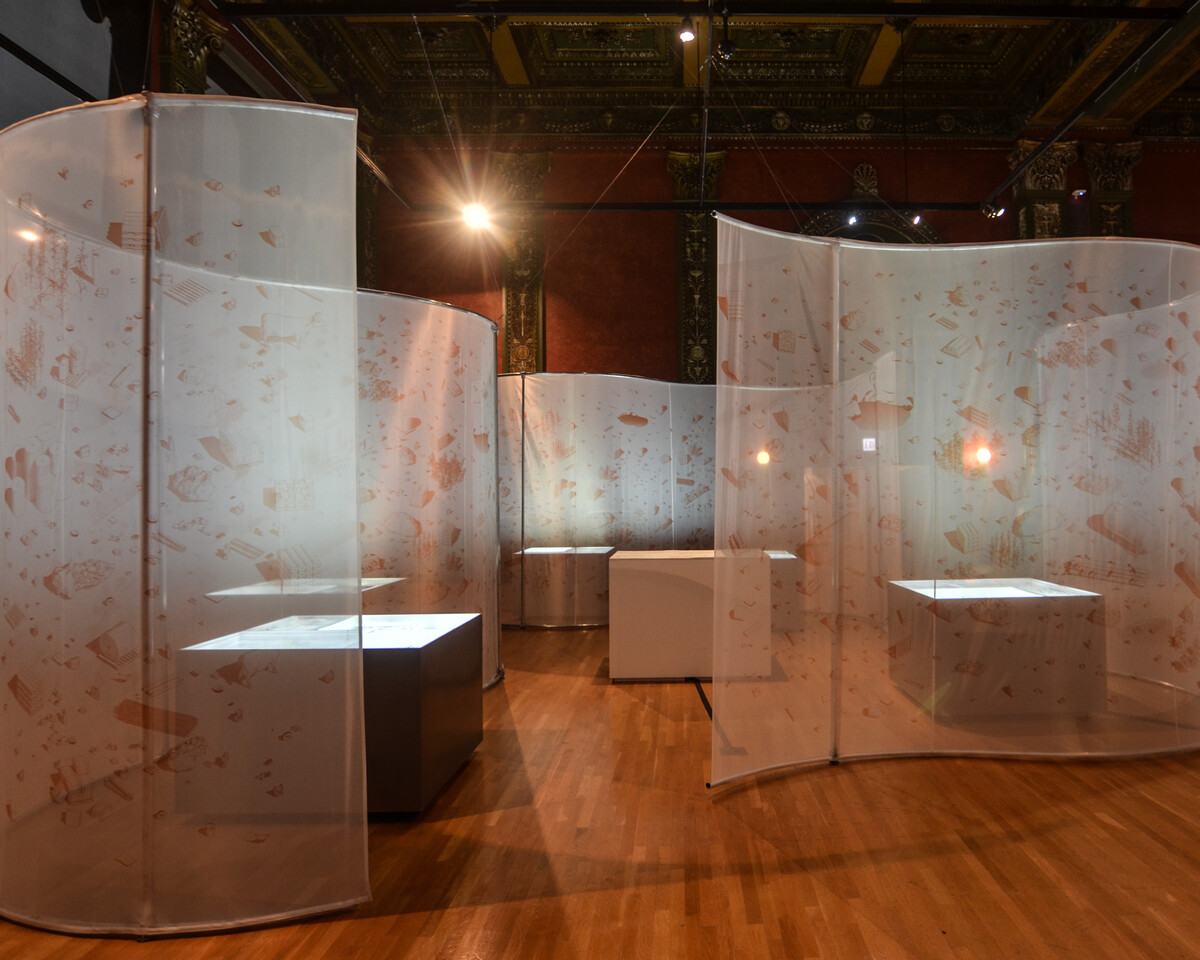
Beyond the City: the South American Hinterland in the Soils of the 21st Century, presented by Somatic Collaborative for the third edition of the Chicago Architecture Biennial, draws on historic images, archival material and original drawings in order to describe the historic role that architecture and urbanism have played in shaping the spaces were economies of resource extraction have taken place.
Furthermore, the material also visualizes spatial and geographic dynamics that are currently accelerating these processes and examines the agency of architecture in defining a broader social context for the South American hinterland, one that evaluates the physical and cultural implications of resource extraction beyond the singular positive light of economic development.
Organized in five cartographic light-boxes, the work presents the five most dominant raw resources in the region (gold, copper, oil, iron ore, and water) visualizing their regional and global footprint and the most significant urban projects these have generated.
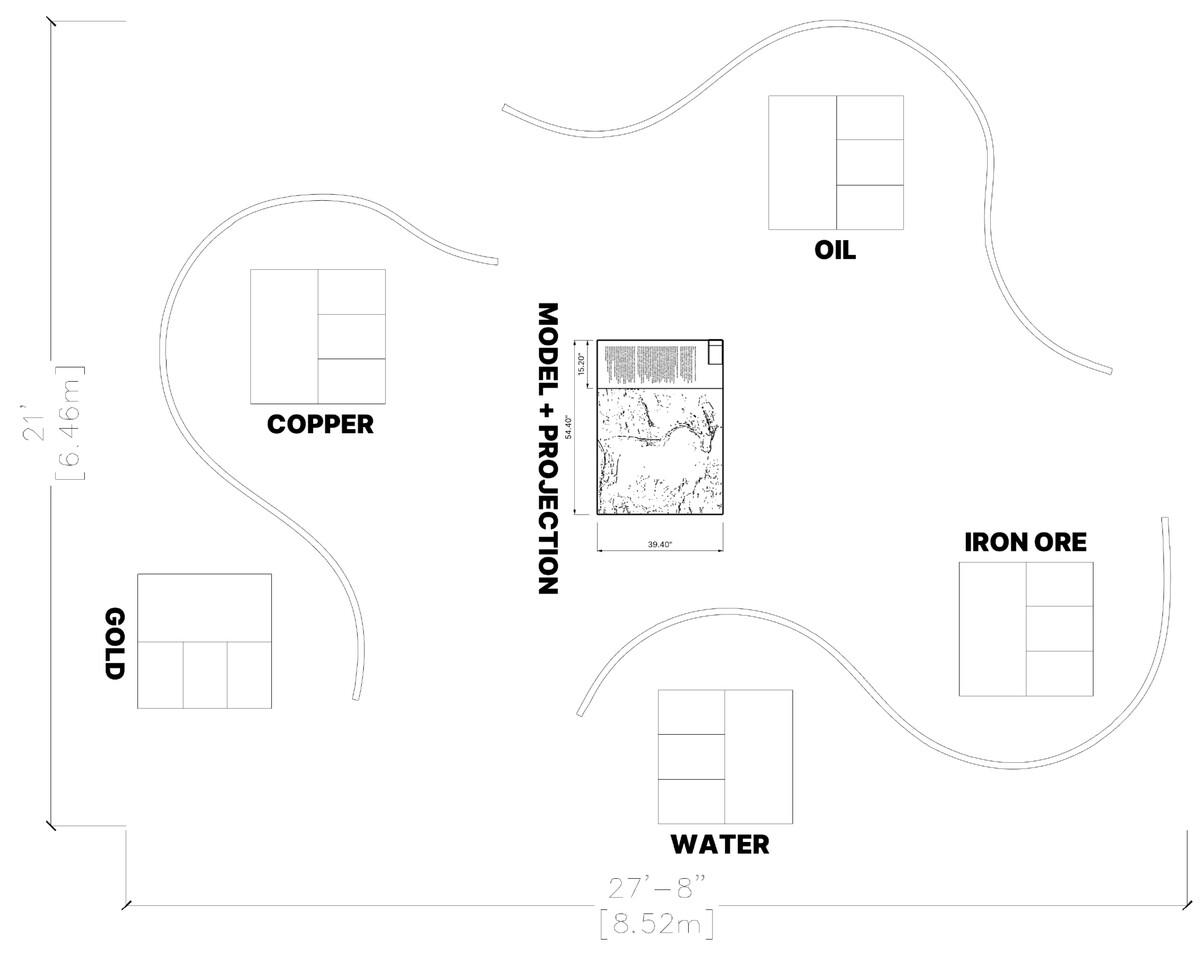
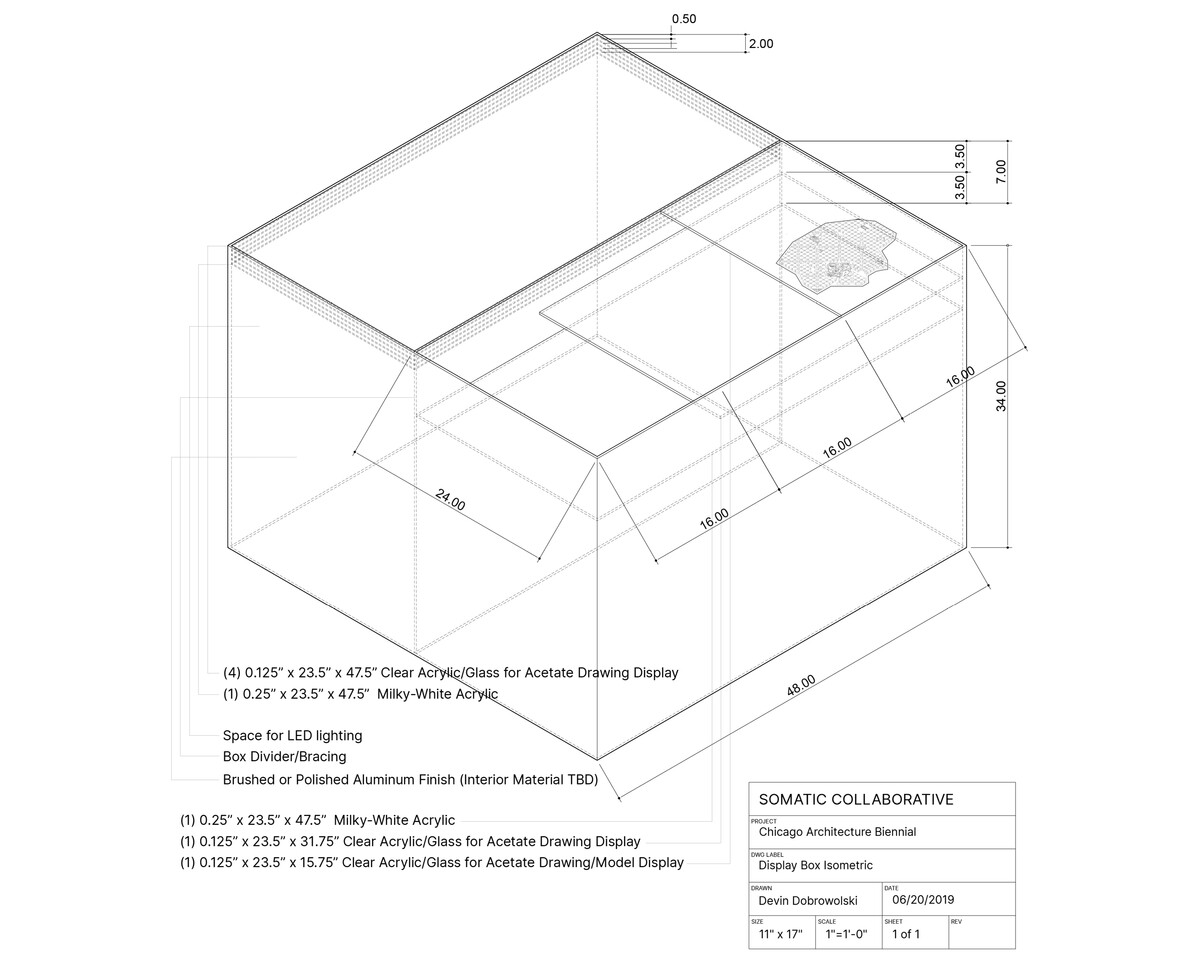
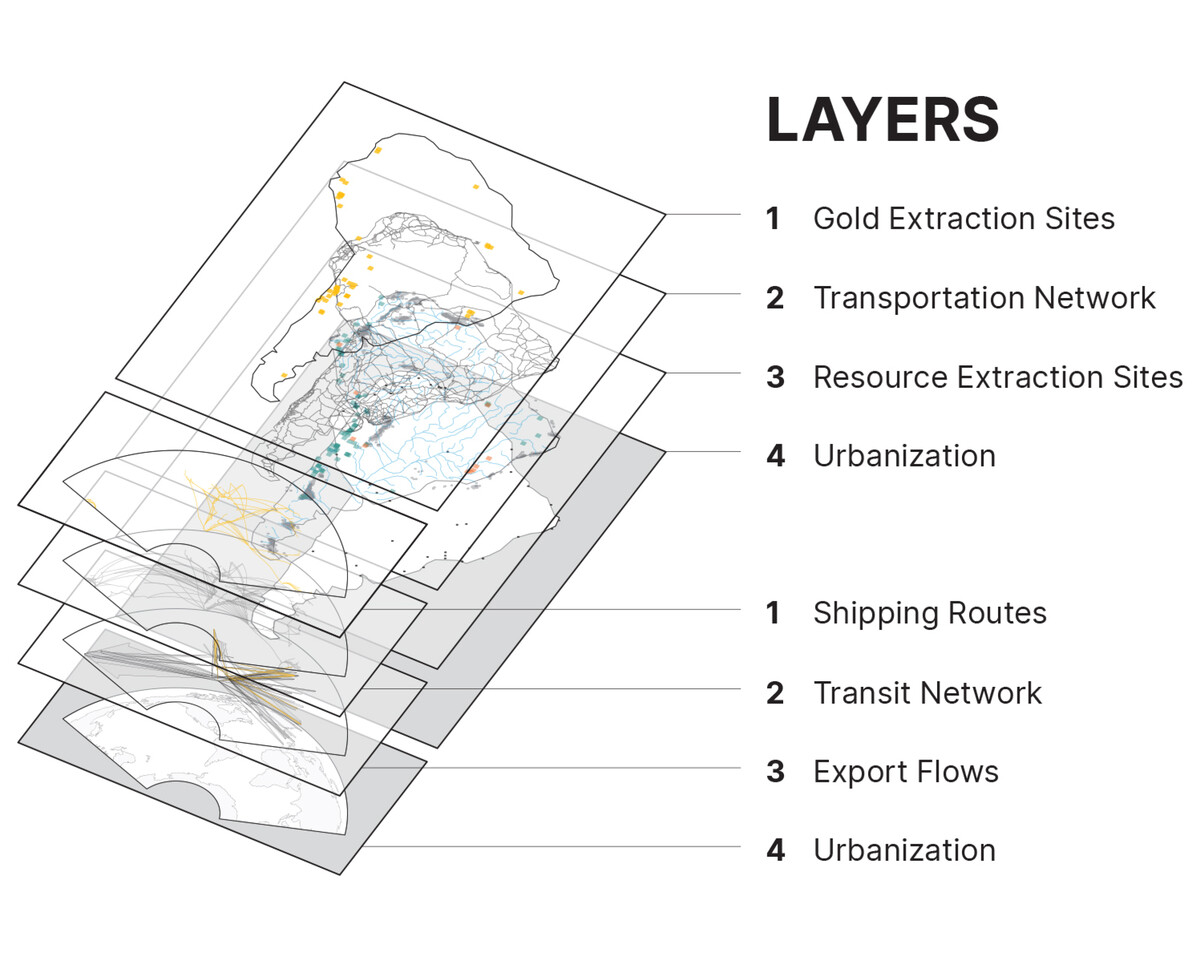
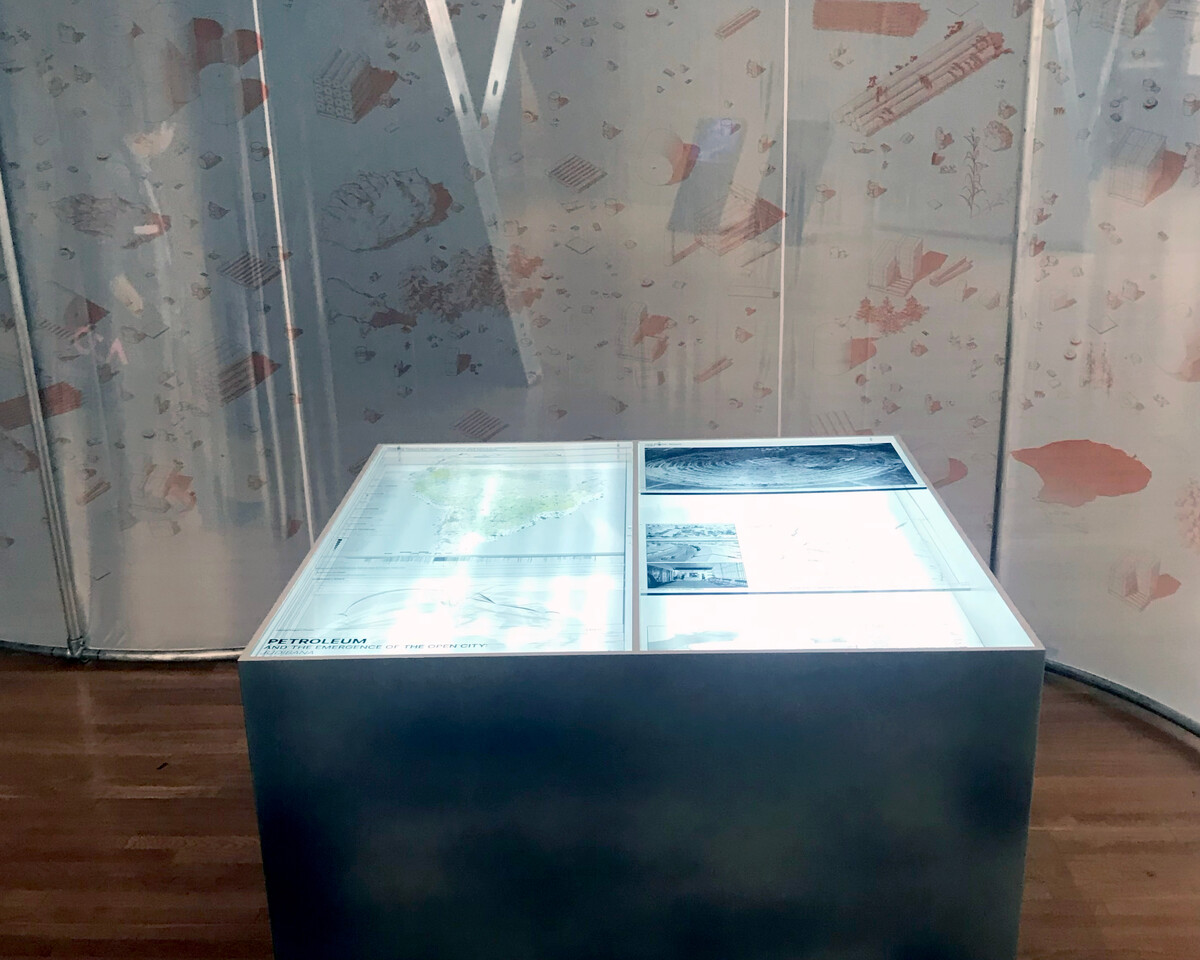
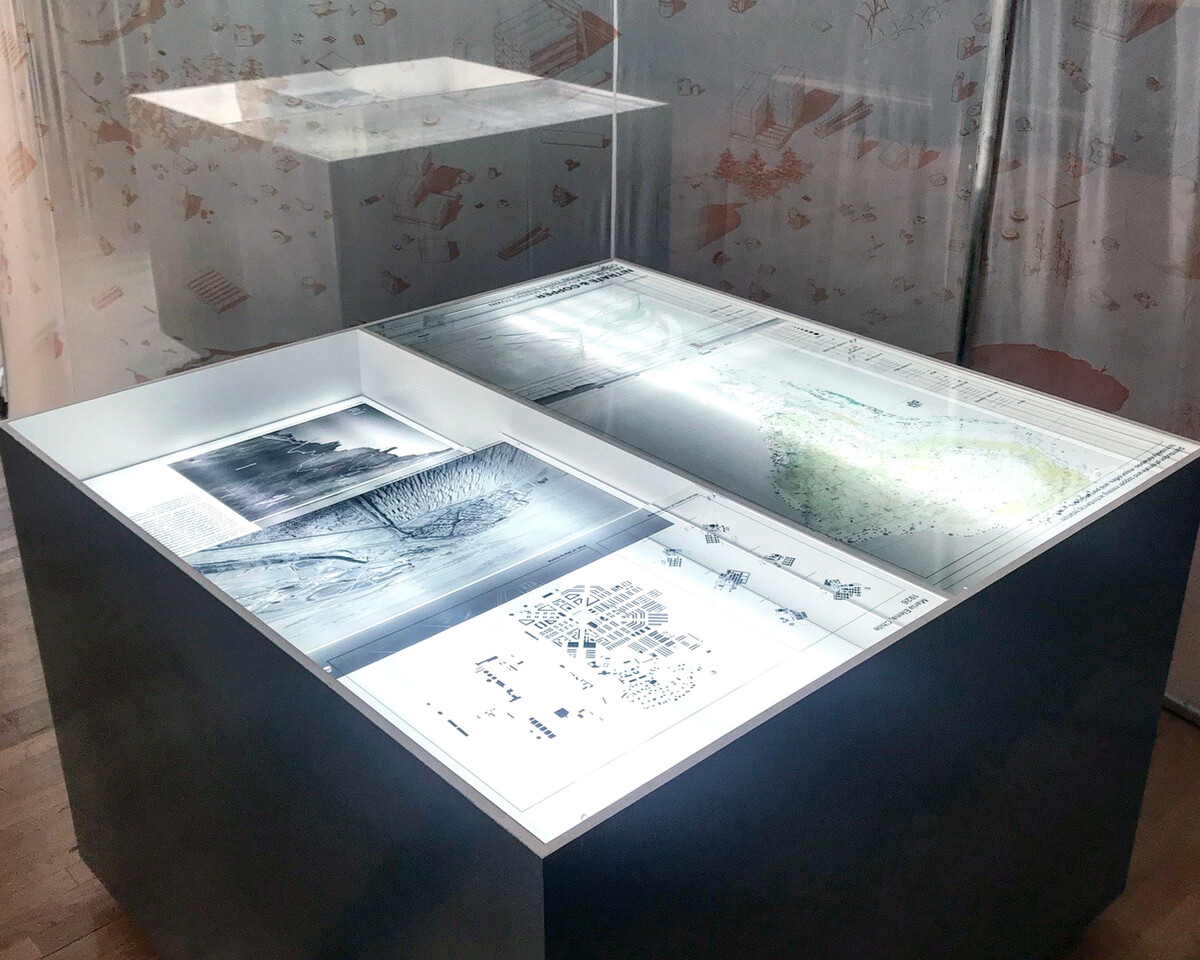
At a regional and global scale, the drawings highlight volumes of extraction along with the mobility networks that bring resources to the river and sea ports in order to reach global markets.
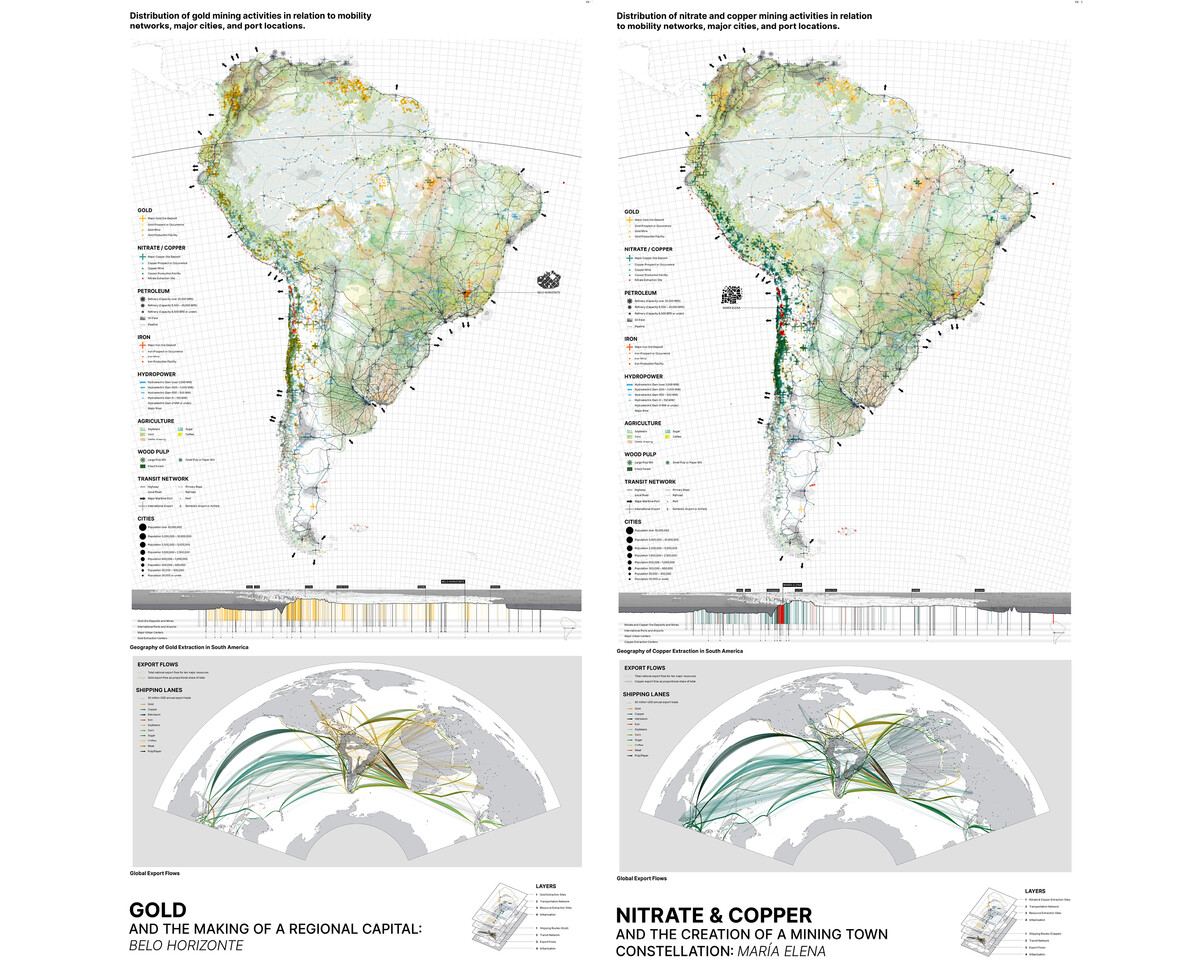
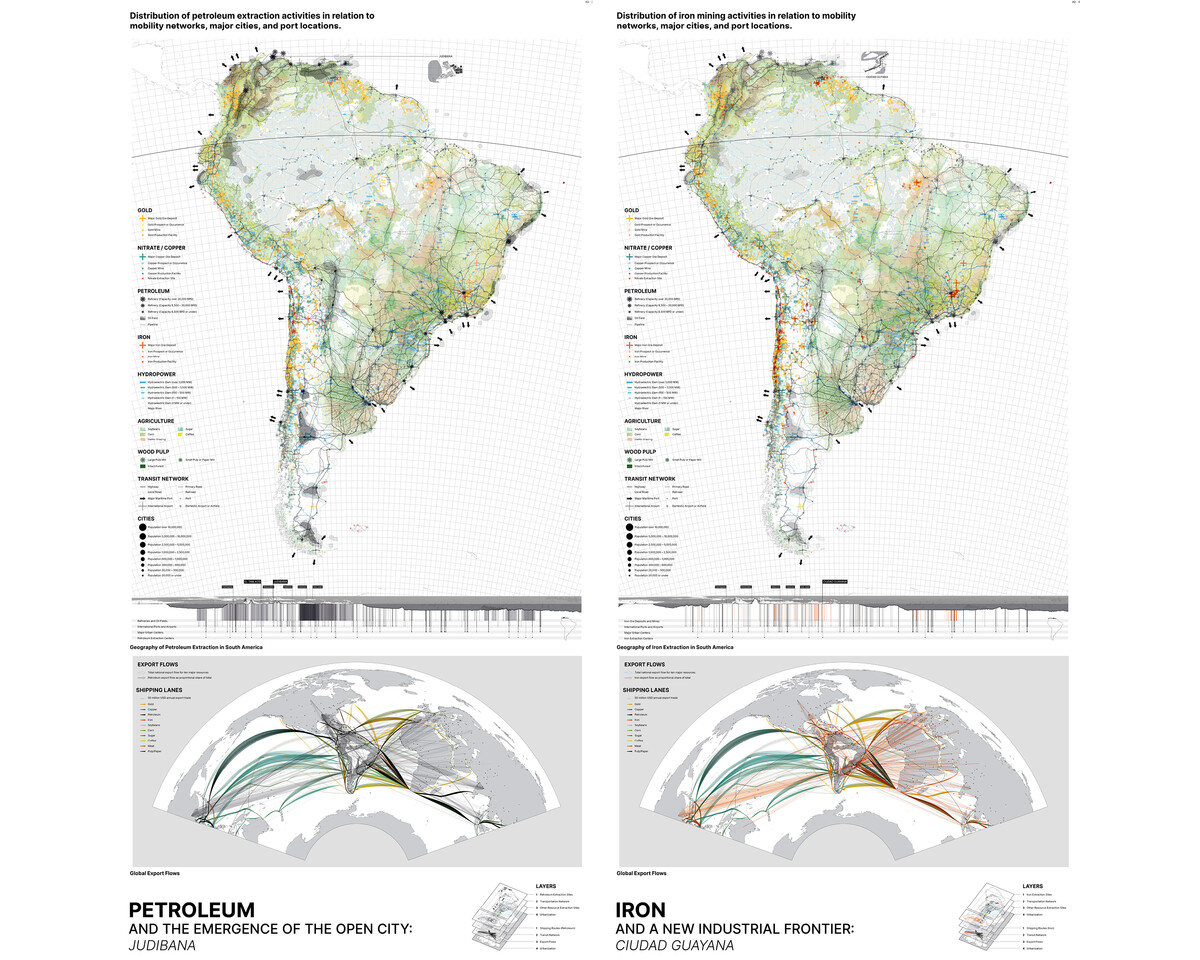
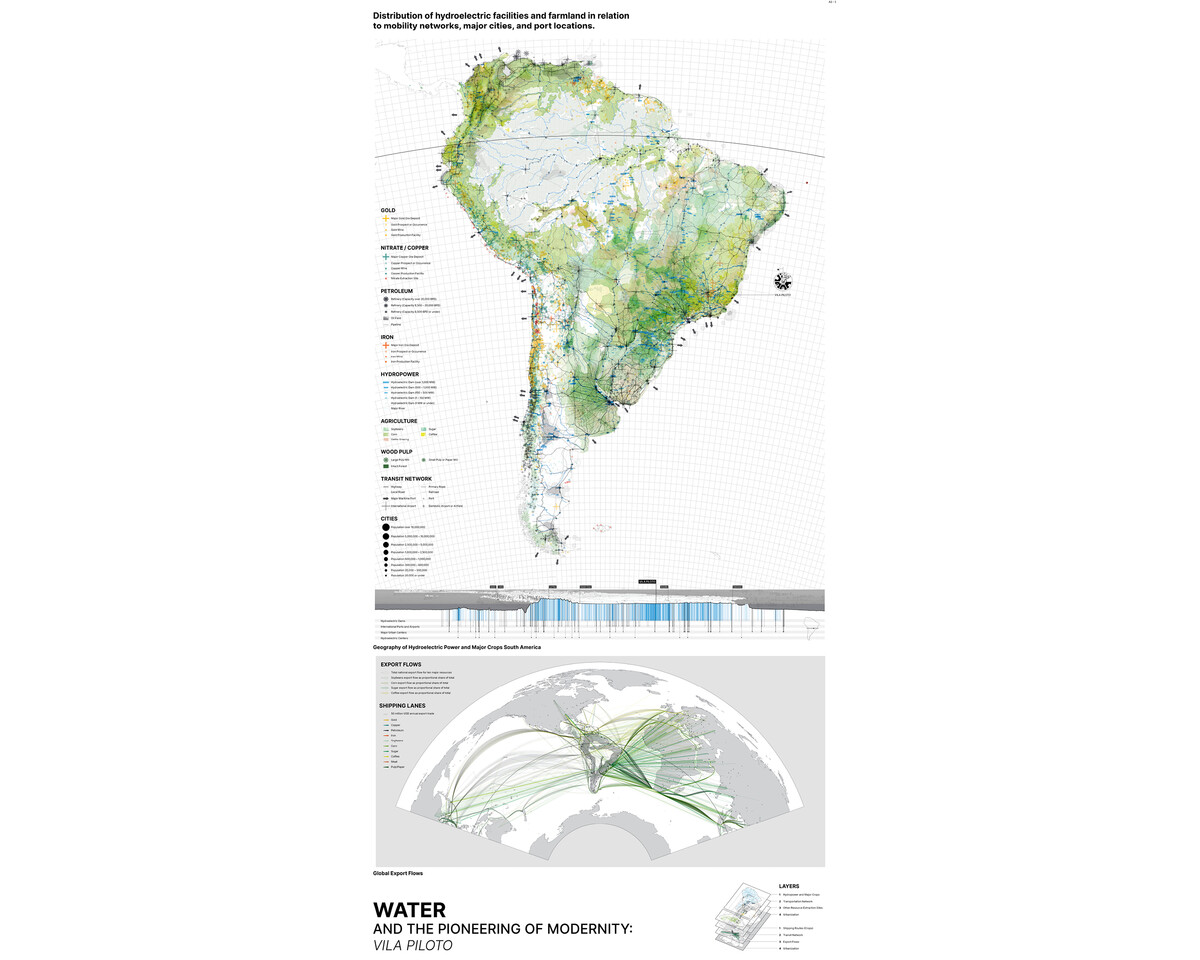
The cartographic light-boxes are separated by a series of translucent curtains that depict, through an “atlas of rendered objects,” the transition from raw materials to finished products of the resources in question.
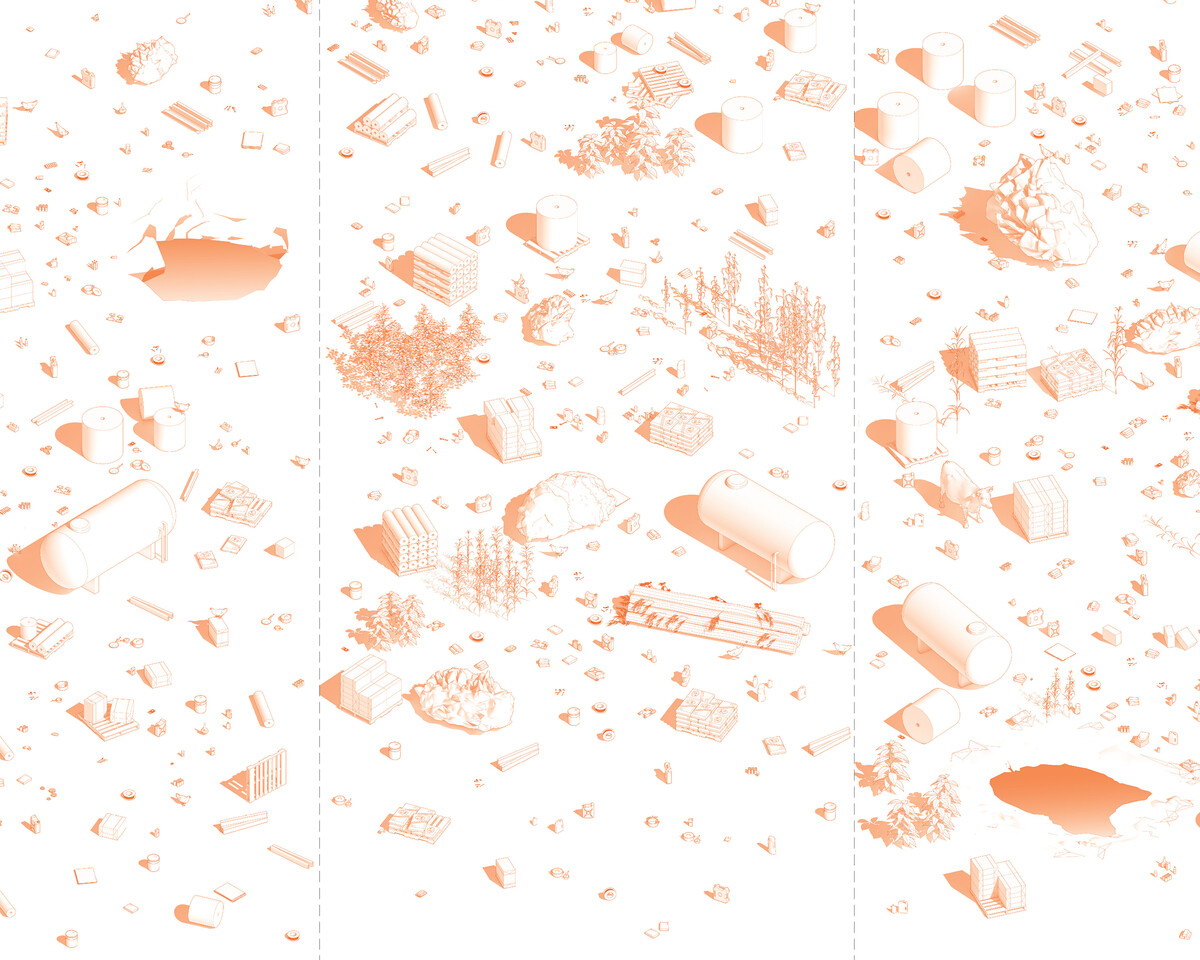
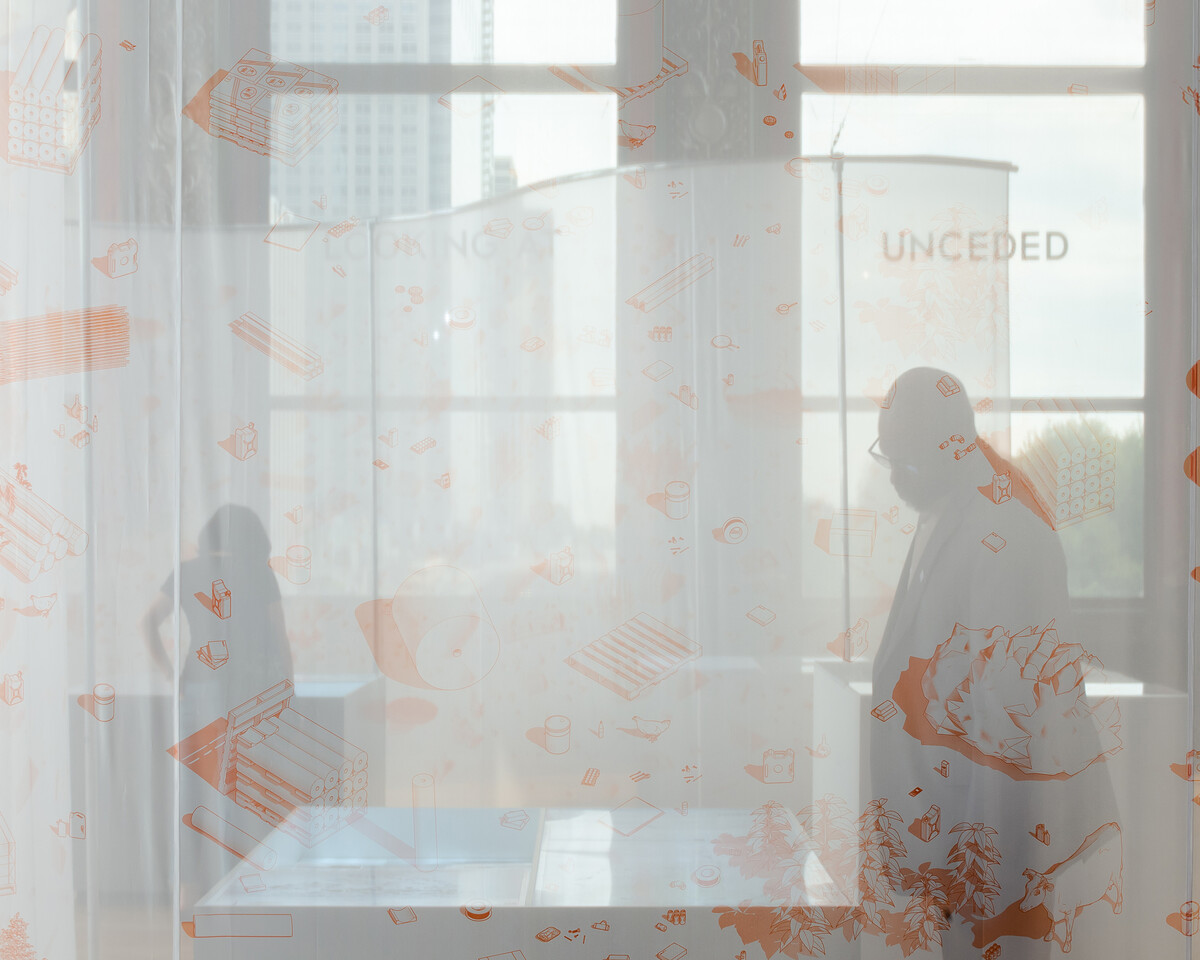
By looking at the mineral and biological resources extracted from the deep soils of South America, we can bring awareness to the oft-forgotten spatial relationships between sites of extraction, major urban centers, port infrastructure, and global markets.
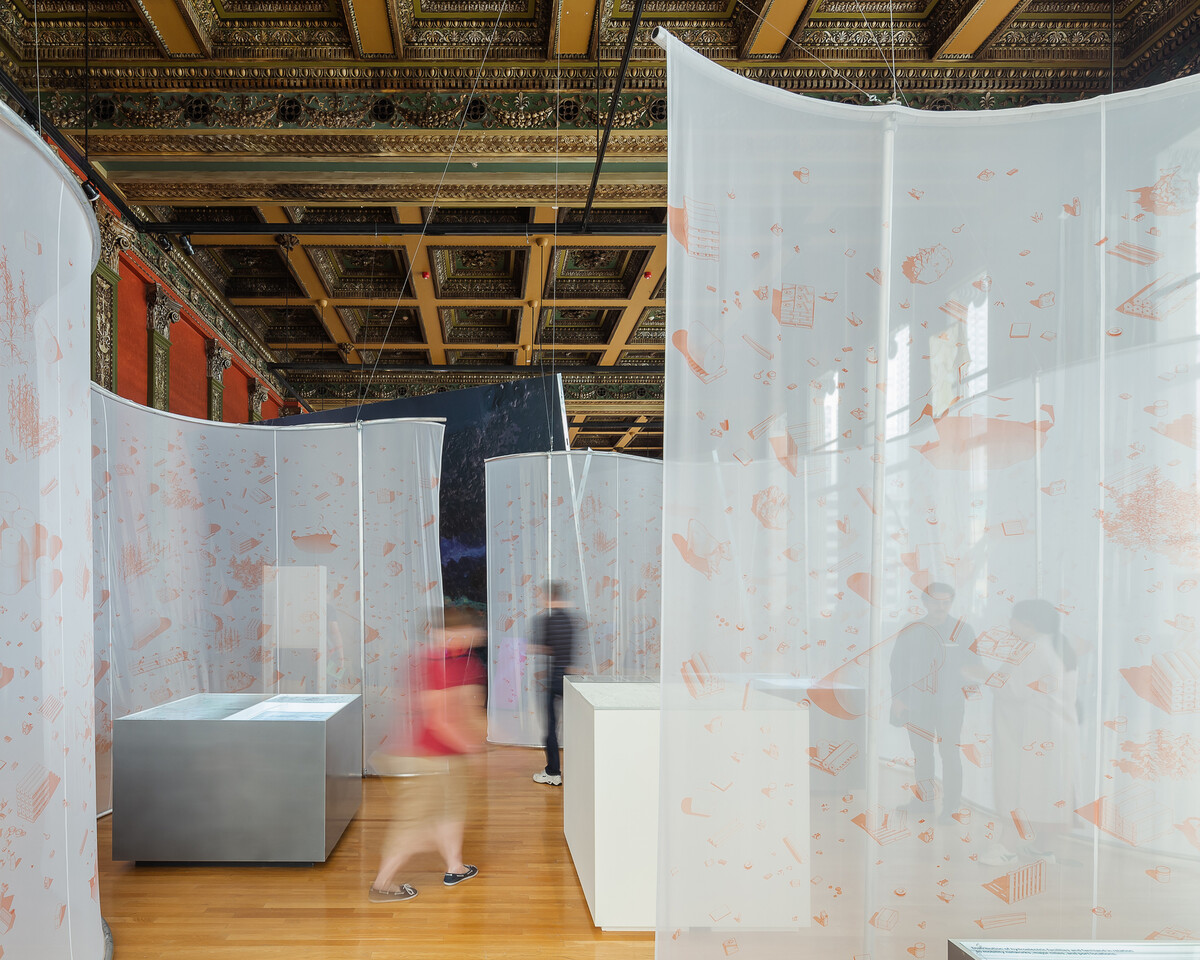
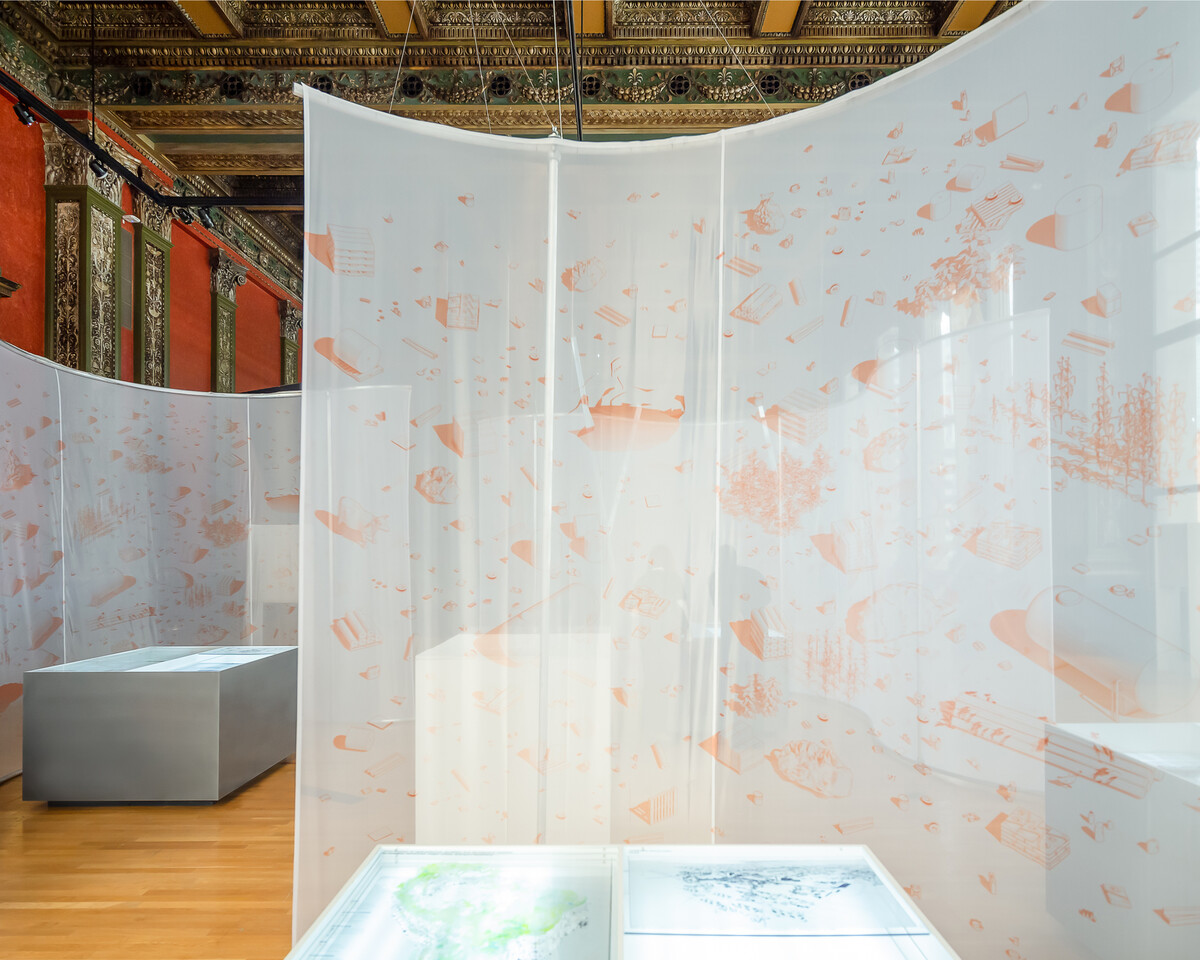
Photo Credits. Slides 1,3: Prayag Bagde. Slides 18, 20, 21: Norbert Tujak